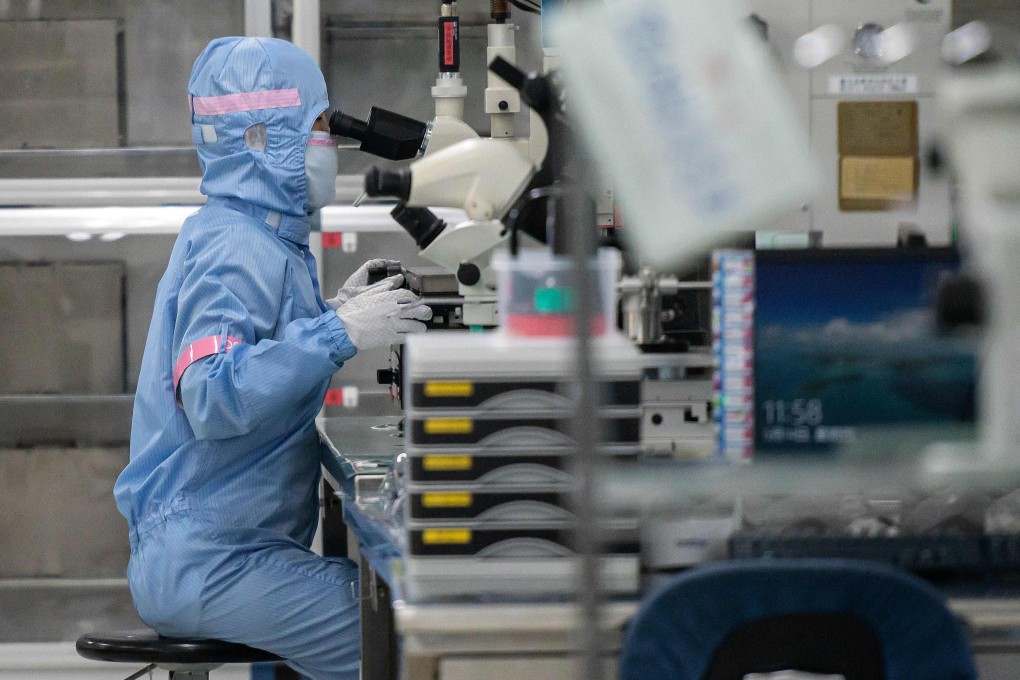China’s semiconductor dream takes a hit as local authority takes over ‘nightmare’ Wuhan factory
- Wuhan Hongxin Semiconductor Manufacturing Company (HSMC) has been taken over by the Dongxihu district government in central province of Hubei
- Former chief executive Chiang Shang-yi described his experience with HSMC as a ‘nightmare’ after its plans to build a US$20 billion plant suffered delays

A cash-strapped Chinese semiconductor factory described by its former chief executive as a “nightmare” has been taken over by the Wuhan government in a setback for China’s pursuit of chip autonomy.
This follows months of delays in the construction of its US$20 billion state-of-the-art semiconductor manufacturing plant caused by the coronavirus as well as funding shortages.
The firm is now under the full control of the state assets supervision and administration commission for the Dongxihu district government in Wuhan. Previously, Beijing Guangliang Lantu Technology owned 90 per cent, with the remainder of the funding provided by the Dongxihu district government.
My experience with HSMC was a nightmare, unfortunately! It’s really hard to describe in a few words
“My experience with HSMC was a nightmare, unfortunately! It’s really hard to describe in a few words,” said former HSMC chief executive Chiang Shang-yi when contacted by the South China Morning Post via LinkedIn for comment.
Chip scientist Chiang declined to conduct a full interview, having been the public face of HSMC’s campaign to attract investment as part of a trend among Chinese semiconductor firms to employ veteran overseas engineers to boost research and development at home.